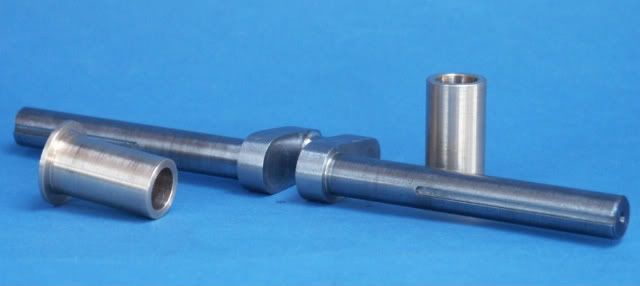metaldestroyer
Member
- Joined
- Nov 11, 2010
- Messages
- 13
- Reaction score
- 0
Hi I am new here, retired old guy living in Canada.
I have had the castings to build a 1/3 scale Fairbanks Morse farm engine for about 10 years now. How to build the crankshaft has been one of many reasons for the delay, unless I get a move on I will run out of years to finish it.
So I am asking for any and all help, (by the way it is a 1.5" bore 2.0" stroke) that likely makes it rather large compared to many of the projects I read of on this board. The plans call for Loctite and tapered pins to secure the joints but nothing regarding the type surface finish clearances and I am sure many more that have not jet crossed my mind.
Thanks in advance for all help Jack
I have had the castings to build a 1/3 scale Fairbanks Morse farm engine for about 10 years now. How to build the crankshaft has been one of many reasons for the delay, unless I get a move on I will run out of years to finish it.
So I am asking for any and all help, (by the way it is a 1.5" bore 2.0" stroke) that likely makes it rather large compared to many of the projects I read of on this board. The plans call for Loctite and tapered pins to secure the joints but nothing regarding the type surface finish clearances and I am sure many more that have not jet crossed my mind.
Thanks in advance for all help Jack












